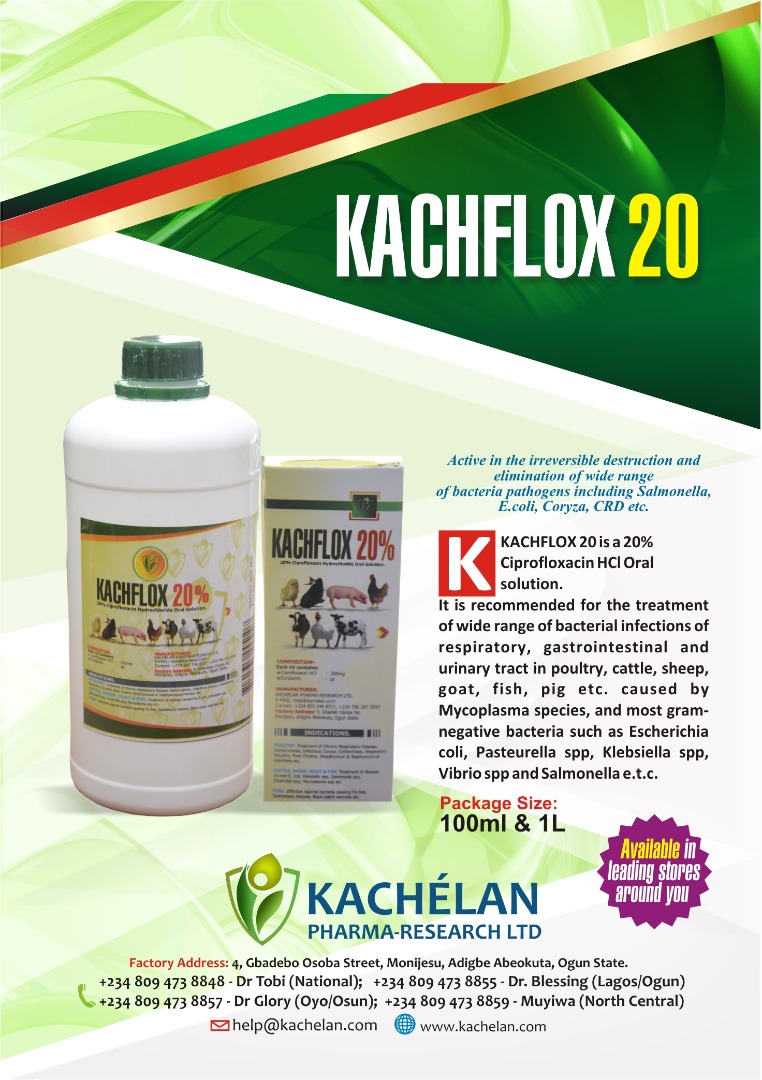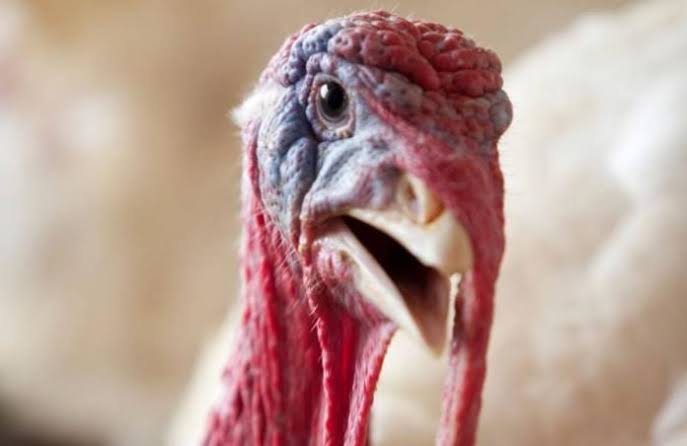Why Blackhead Disease Impacts Turkeys more than Chickens
Greater understanding could finally lead to a treatment for the protozoal disease.
Researchers finally know more about why blackhead disease causes lower mortality in chickens than in turkeys.
 Learn More
Learn More
“It’s just so fascinating to us why chickens cope with blackhead disease so much better than turkeys. In general, what we can see is that turkeys are more susceptible to the disease,” Chongxiao (Sean) Chen, DVM, Ph.D., assistant professor/extension specialist, University of Georgia, said. “We will need more research in this area to understand it better.”

Histomoniasis, also known as blackhead disease or infectious enterohepatitis, is a protozoal disease that can be spread via the cloacal drinking phenomenon. The major vector for the disease is the heterakis gallinarum, more commonly known as the cecal worm.
There are currently no approved treatments to prevent, treat or control blackhead disease in the U.S.
Understanding the mechanisms of blackhead disease spread
The research project, funded by an endowing Foundation gift from Prestage Farms and proceeds from the International Poultry Expo, part of International Production & Processing Expo (IPPE), wanted to better understand the mechanisms of blackhead disease spread and learn more about its impact on the turkey immune response.
RNA sequencing suggested a cytokine storm-like syndrome related to a dysregulated immune response to blackhead disease occurs in turkeys, which could be related to more severe lesions caused by H. meleagridis in turkeys.
READ ALSO: What can be done to prevent histomoniasis in turkeys?
The research also identified several potential vectors for blackhead disease on the farm, including grasshoppers, crickets, slugs, grub, harvestmen, garden spiders, multiple beetle species, tree bugs, darkling beetles and earthworms.
ATTENTION: Click “HERE” to receive More updates directly on your WhatsApp!
“Controlling the transmission is key to reducing turkey mortality. We are not able to produce a transmission model in a research setting. However, we found that repeated orally infected turkeys with H. meleagridis and cecal contact mixture could result in a high infection rate. And this could be one of the potential transmission pathways we have missed in the past,” Chen explained. “These findings may result in some new challenges for producers, but also new opportunities for outbreak management.”
READ ALSO: How to Use Garlic to Control Red Mite Infestation in Poultry Houses
The project builds upon the findings of research done in 2020 at North Carolina State University by Elle Chadwick and Robert Beckstead, which revealed that two outbreaks of the disease in commercial turkey flocks were potentially exacerbated by poor poult quality.
Contributed By Elizabeth Doughman















